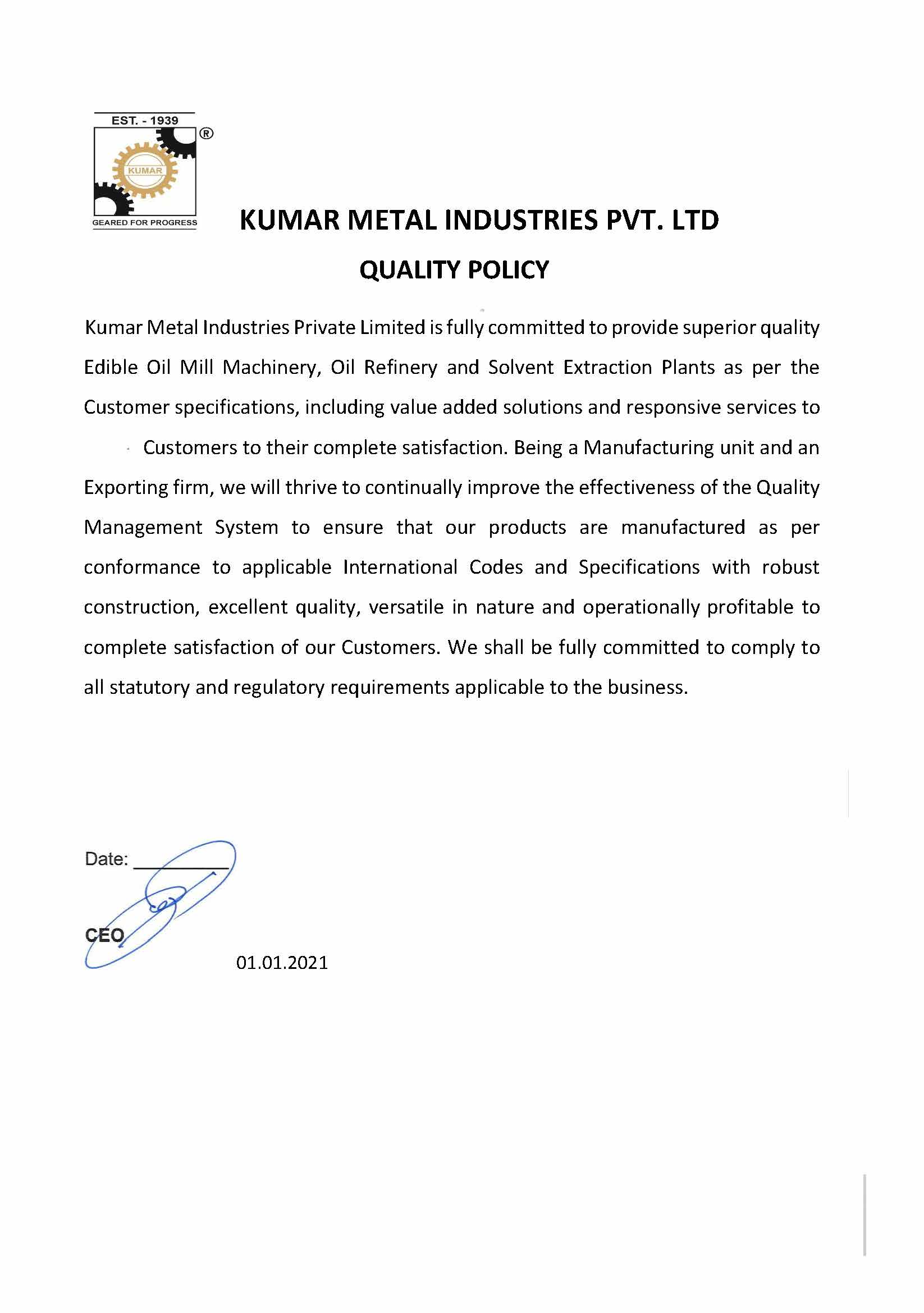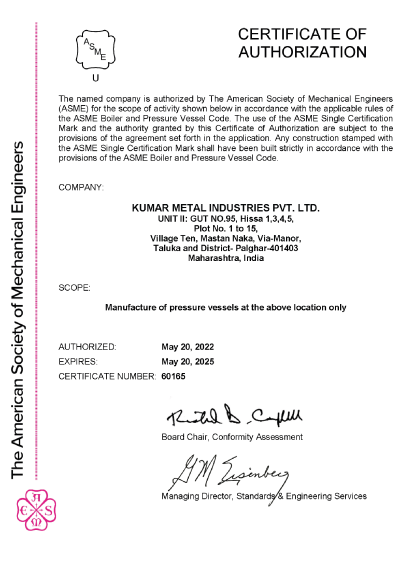
COMPARISON WITH PETROLEUM-BASED DIESEL
Biodiesel replaces the petroleum-based diesel fuel partially or completely. It operates the compression-ignition engines. Biodiesel is a drop-in fuel and can be used in regular diesel engines without making any changes to the engines, although older engines may require replacement of fuel lines and other rubber components.
Biodiesel is made from renewable resources, mainly plant oils. Petroleum-based diesel is obtained from fossil-based crude oil. Biodiesel often costs less than petroleum-based diesel.
Biodiesel has similar materials compatibility to ultra-low sulfur diesel. Biodiesel can be stored and transported using diesel tanks and equipment. As biodiesel is oxygenated, it is a better lubricant than petroleum-based diesel fuel, leading to increased life of engines. Biodiesel is combusted in the engine more completely as compared to the petroleum-based diesel. Its relatively low emission profile, it causes much less pollution. Use of biodiesel helps in reducing carbon emissions. Biodiesel produces less greenhouse gas emission. For example, use of B20 blend of biodiesel reduces carbon dioxide by 15%. Experts believe that using biodiesel instead of petroleum-based diesel can reduce greenhouse gases up to 78%.
However, biodiesel has about 10% higher nitrogen oxide (NOx) than petroleum products. Nitrogen oxide is one of the gases used in the formation of smog and ozone. Once it gets dissolved in atmospheric moisture, it can cause acid rain.
Compared with petroleum-based diesel, biodiesel enhances performance through higher Cetane number, added lubricity and a cleaner burn that puts less stress in diesel particulate filters.
Biodiesel has higher viscosity than the petroleum-based diesel, though lower than vegetable oils. The viscosity of petroleum-based diesel is 2.5 to 3.2 cSt at 40 deg. C and the viscosity of biodiesel produced from soybean oil is 4.2 to 4.6 cSt at the same temperature. Therefore, biodiesel flow rate in the system is lower and the engines may not be able to use the fuel at low temperatures. Viscosity of the fuel or diesel must be high enough to provide sufficient lubrication to the engine parts but low enough to flow at operational temperatures.
Compared to petroleum-based diesel, biodiesel has higher brake-specific fuel consumption. Thus, more biodiesel needs to be consumed for obtaining the same torque. However, the B20 biodiesel blend containing 20% biodiesel and 80% petroleum-based diesel has been found to provide maximum increase in thermal efficiency, lowest brake-specific energy consumption and lower harmful emissions.
Using renewable biodiesel increased energy security and also improves air quality and the environment, offering better health benefits. Biodiesel also provides safety benefits as the pure, unblended product causes far less damage than petroleum-based diesel if spilled or released to the environment and also as it is less combustible. The flash point of biodiesel is higher than 130 deg. C, much higher than that of petroleum-based diesel, about 52 deg. C. The higher flash point of biodiesel makes it a safer fuel to use, handle, transport and store.
Biodiesel is also biodegradable and non-toxic.
Biodiesel gels in cold weather depending on the vegetable oils or fats used to produce it. Winterized biodiesel is used for the blends to overcome this difficulty.
Biodiesel can damage rubber hoses or tubing of diesel engines. These rubber parts may have to be made from specific materials (e.g., Nylon-11) so that biodiesel can be safely used for the diesel engines.
As biodiesel is produced using a wide range of triglyceride oils and fats, the quality of the final biodiesel may vary to some extent. This may be one of the disadvantages of biodiesel as compared to petroleum-based diesel. However, the usage of different raw materials allows its production locally or domestically from any available raw materials.
Since biodiesel is produced by using vegetable oils and animal fats which are part of food chain, its costing may be affected due to higher prices of vegetable oils. Therefore, prices of raw material oils and fats and the price of petroleum-based diesel must be carefully considered before producing biodiesel.
SPECIFICATIONS
American Society for Testing and Materials (ASTM) has recommended standard specifications for various grades of biodiesel. There are several grades within the blends of biodiesel and petroleum-based diesel mentioned earlier. The following table lists selected parameters and their specifications (or standard limits) for various grades of the B100 biodiesel, i.e., 100% or pure biodiesel without blending, as per the standard ASTM D6751. These are international standards. However, there could be some variations in biodiesel specifications in different countries depending on their biodiesel policies.
TABLE 1: SELECTED ASTM SPECIFICATIONS OF VARIOUS GRADES OF B100 BIODIESEL
| PROPERTIES | GRADE NO. 1-BS15 | GRADE NO. 1-BS500 | GRADE NO. 2-BS15 | GRADE NO. 2-BS500 |
| Sulfur, % mass (ppm), max | 0.0015 (15) | 0.05 (500) | 0.0015 (15) | 0.05 (500) |
| Calcium and Magnesium combined, ppm, max | 5 | 5 | 5 | 5 |
| Sodium and potassium combined, ppm, max | 5 | 5 | 5 | 5 |
| Monoglycerides, % mass, max | 0.40 | 0.40 | --- | --- |
| Methanol content, % mass, max | 0.2 | 0.2 | 0.2 | 0.2 |
| Water and sediment, % volume, max | 0.050 | 0.050 | 0.050 | 0.050 |
| Free Glycerin, % mass, max | 0.020 | 0.020 | 0.020 | 0.020 |
| Total Glycerin, % mass, max | 0.240 | 0.240 | 0.240 | 0.240 |
| Acid Number, mg KOH/g, max | 0.50 | 0.50 | 0.50 | 0.50 |
| Cold soak filterability, s, max | 200 | 200 | 360 | 360 |
| Flash point (Closed cup),deg. C, min | 93 | 93 | 93 | 93 |
| Kinematic viscosity, sq. mm/s at 40 deg. C | 1.9 – 6.0 | 1.9 – 6.0 | 1.9 – 6.0 | 1.9 – 6.0 |
| Cetane number, min | 47 | 47 | 47 | 47 |
| Oxidation stability, hrs, min | 3 | 3 | 3 | 3 |
The following table lists selected specifications for the 6% (i.e. B6) to 20% (i.e., B20) grades of biodiesel blends with the petroleum-based diesel as given by the ASTM D6451 standard.
TABLE 2: SELECTED ASTM SPECIFICATIONS OF VARIOUS GRADES OF B6 TO B20 BIODIESEL BLENDS
| PROPERTIES | GRADES B6 TO B20 | ||
| S15 | S500 | S5000 | |
| Biodiesel content, % V/V | 6 – 20 | 6 – 20 | 6 – 20 |
| Sulfur content (By different methods)
(D5453) µg/g (D2622) ppm (D129) ppm |
15 | 0.05 | 0.05 |
| Acid Number, mg KOH/g, max | 0.3 | 0.3 | 0.3 |
| Water and sediment, % vol, max | 0.05 | 0.05 | 0.05 |
| Viscosity, sq. mm/s at 40 deg. C | 1.9 – 4.1 | 1.9 – 4.1 | 1.9 – 4.1 |
| Flash point, deg. C, min | 52 | 52 | 52 |
| Cetane index, min | 40 | 40 | 40 |
| Oxidation stability, hrs, min | 6 | 6 | 6 |
The cetane index is somewhat different than the cetane number and they are determined by different methods. Cetane number is measured by the ASTM method number D613, while the cetane index is measured by the ASTM method number D976-80.
The following table presents a comparison of selected standard specifications of petroleum-based diesel and 100% pure biodiesel (B100), as given by the American Society for Testing and Materials (ASTM) and European Standard (EN).
TABLE 3: COMPARISON OF STANDARD SPEIFICATIONS FOR PETROLEUM-BASED DIESEL AND BIODIESEL – ASTM AND EN (SELECTED PARAMETERS)
| PROPERTIES | UNITS | PETROLEUM-BASED DIESEL | BIODIESEL (B100) | ||
| ASTM D975 | EN590 | ASTM D6751 | EN 14214 | ||
| Density at 15 deg. C | kg/cu. m | --- | 820 – 845 | --- | 860 – 900 |
| Kinematic viscosity at 40 deg. C | sq. mm/s | 1.3 – 4.1 | 2 – 4.5 | 1.9 – 6.0 | 3.5 – 5.0 |
| Cetane number, min | --- | 40 | 51 | 47 | 51 |
| Ester content | % vol | 5 max | 5 max | --- | 96.5 min. |
| Sulfur content, max | % mass | S500 = 0.05
S5000 = 0.5 |
50 mg/kg
10 mg/kg |
S15 = 15 ppm
S500 = 0.05 |
10.0 mg/kg |
| Flash point | deg. C | 60 – 80 | 55 min | 100 – 170 | 120 min |
| Water and sediment, max | % vol | 0.05 | --- | 0.05 | --- |
| Water content, max | mg/kg | --- | 200 | --- | 500 |
| Acid value, max | mg KOH/g | --- | --- | 0.50 | 0.50 |
| Oxidation stability | --- | --- | 25 g/cu. m, max | 3 hrs min | 8 hrs min |
| Iodine value, max | g I2/100 g | --- | --- | --- | 120 |
You might find these interesting:
Learn about the raw materials and manufacturing process of Biodiesels
Discover the applications of Biodiesels
Here are the recent developments in the Biodiesels manufacturing industry
If you would like to know more about adding biodiesel manufacturing capacity to your existing facility, please reach out to us using the form below.
"*" indicates required fields



















